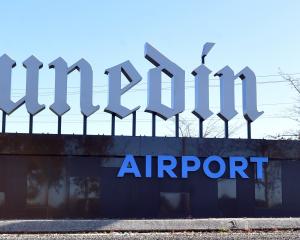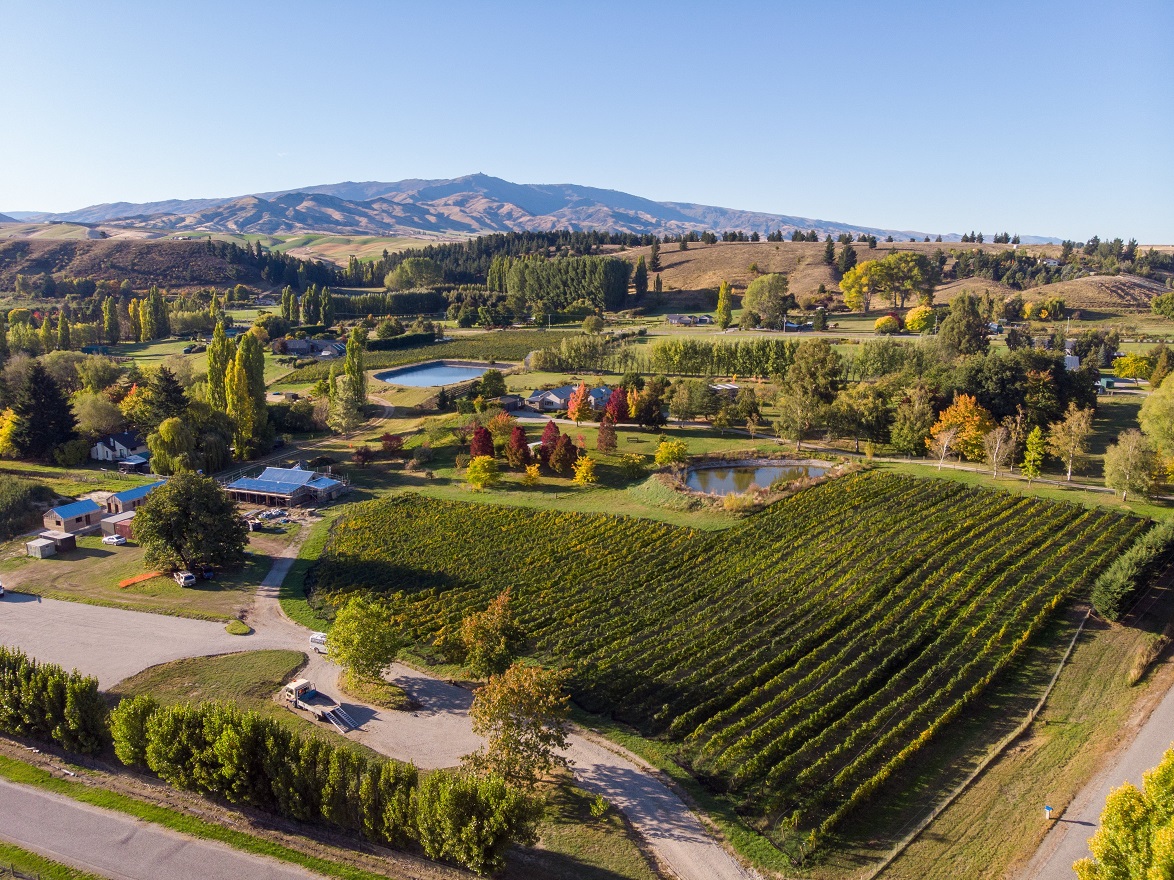
This is a story of serendipity.
When United States-based Nicholas Paris, a master of wine, read the story of Monte Christo — Central Otago’s first vineyard, established in 1864 — he was curious to find the historic building where it had been based near Clyde.
A search of the Alexandra Basin proved fruitless, but Mr Paris later discovered the stone winery existed on land belonging to the Pedofsky family, his second cousins.
In 2018, Mr Paris, his brother, Alan, and their father, Stanley, decided the time was right to resurrect Monte Christo Winery, and the cellar door will open to the public on November 30, with the stone building — considered the oldest winery in the South Island — at the heart of the development. Work on a winery would begin next year.
Frenchman Jean Desire Feraud arrived in Central Otago during the gold rush in 1863, to make his fortune as a shareholder in several gold mines, and as a producer and supplier of fruits, wines, cordials, beers and spirits to the local mining community.
He established Monte Christo the following year, building a home and, alongside neighbouring Frenchman James Bladier, planted a range of fruits, vegetables and imported grapevines from Australia.
Later elected the first mayor of Clyde, he was credited with being the first to use irrigation in Central Otago and he produced the first wines in the South Island in the late 1860s.
Having lost the original winery in a storm in 1871, he rebuilt a new winery out of schist and his wines earned several international and national awards in Sydney and Dunedin.
The Tuapeka Times, in September 1871, raved about the wine, saying it was "equal, if not superior in quality, to the best Australian wine" while The Evening Star the following year described the wines as "very excellent".
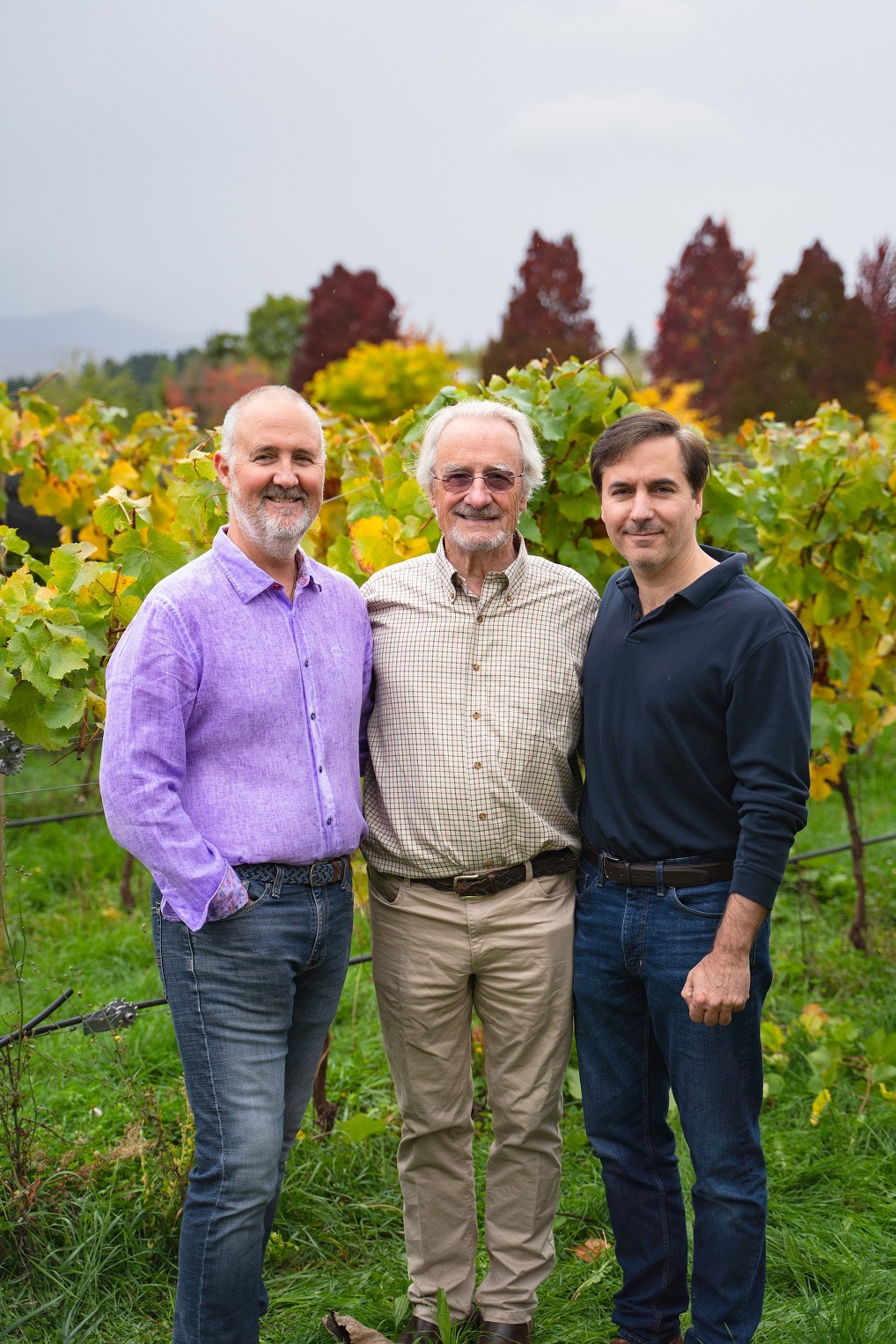
Stanley Paris, a celebrated physiotherapy educator, adventurer and philanthropist, might have grown up in Otago but he never knew about the Monte Christo Winery.
In 2012, Stanley organised a family reunion at his home in Queenstown and that was when Nicholas — involved in the wine business in the US for more than 20 years — became curious to find the historic building.
Fast-forward to 2018, and the Paris family decided to restore the building and resurrect the Monte Christo brand.
"A lot has happened since then," Nicholas Paris said during a visit to Otago this week.
As well as the development of the cellar door and accommodation on the site, vineyards have also been planted covering 22ha in both the Alexandra and Cromwell Basins.
The plantings were predominantly pinot noir, along with 10% chardonnay and a 10% mix of pinot gris and riesling grapes, and the wines used 100% estate fruit, giving the team control from soil to glass, he said.
Mr Paris grew up in the US and developed a love of culture and languages, and it was while studying in the Loire Valley that he also developed a love of wine, subsequently working in many facets of the industry, most latterly as a consultant.
The master of wine was a qualification issued by the Institute of Masters of Wine in the United Kingdom and it was generally regarded in the wine industry as one of the highest standards of professional knowledge. There were about 400 masters of wine in the world.
It took about six years of schooling to even get invited into the programme and it took a further five to six years to become one of the 6% that passed. Mr Paris enjoyed a challenge and wanted the knowledge — "the understanding of all things wine from growing grapes to making wine", he said.
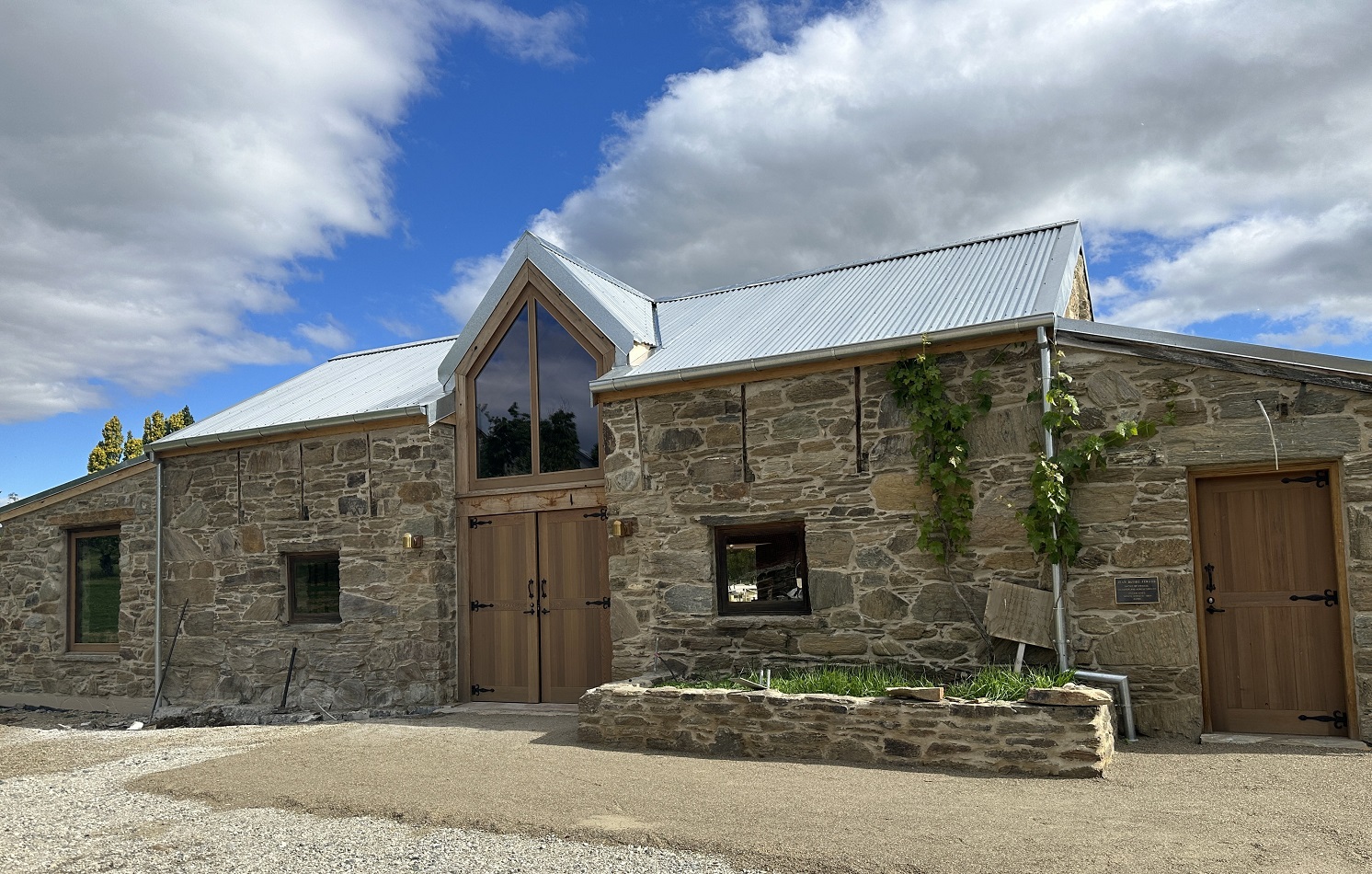
There were about a dozen masters of wine in New Zealand, one of the highest per capita in the world.
Asked what it meant, Mr Paris said "it means you don’t have to prove yourself any longer".
"People who are aware of that qualification know you’ve put in a lot of time."
While the prospect of owning his own vineyard might have been just a fleeting thought — "I didn’t think this would happen" — he was loving the journey his family had embarked on.
He described it as a "dream come true", being able to use the knowledge and experience he had gained and apply it to a family-owned business.
His brother, Alan, lives in Bannockburn, so he was on site for the development of the property while Mr Paris had been able to communicate virtually, along with visits.
Living about two hours from New York City, in Connecticut, he was grateful for the direct flights from New York to Auckland.
The Paris family wanted to continue Mr Feraud’s legacy and prove the wines from Central Otago in both the US — the largest market for New Zealand wines — and elsewhere in the world.
Central Otago wines were not known in the US because such a large percentage of New Zealand exports were sauvignon blanc.
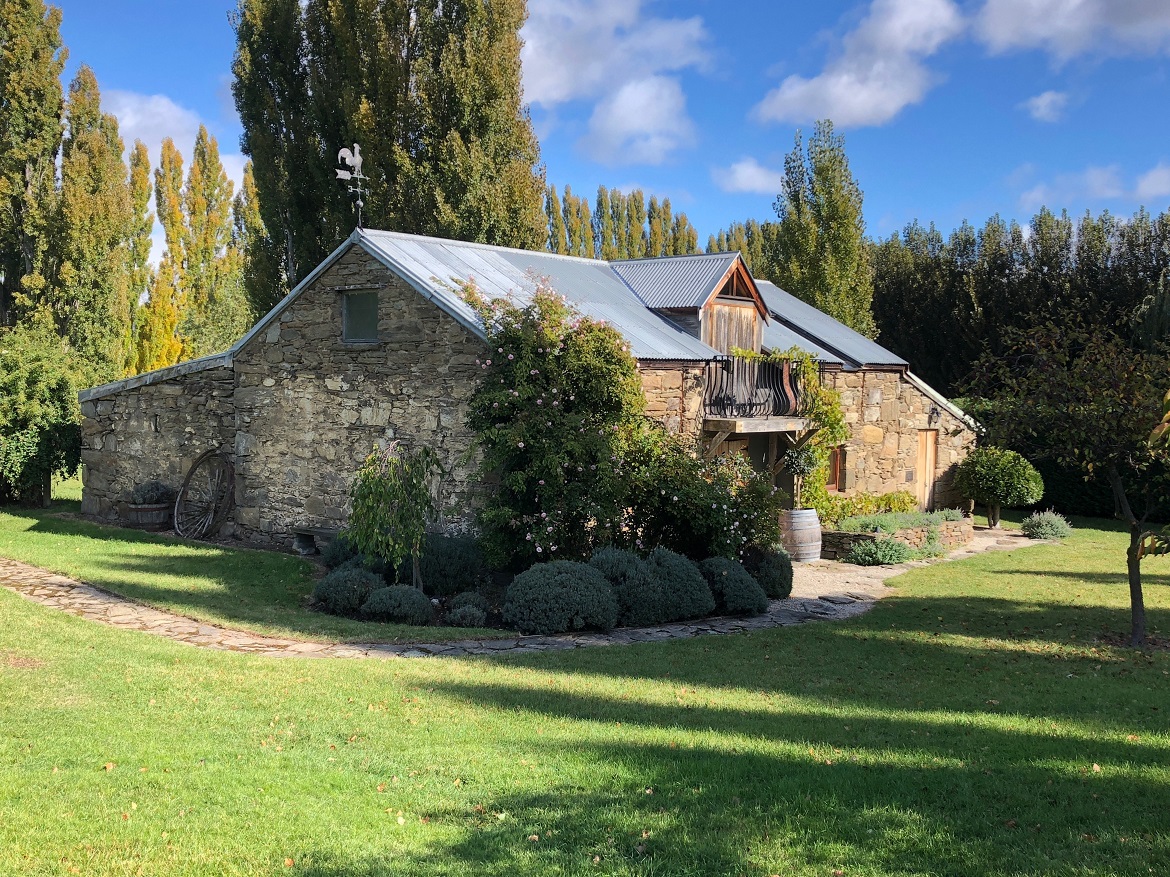
Monte Christo would initially be selling direct to consumers, at the cellar door and online.
Wines from the Alexandra area were "a bit different"; the region had some of the warmest days but also some of the coolest nights, which translated to fresh and elegant wines.
There was an opportunity to promote not only Monte Christo but other wineries in the area as well as the wider Central Otago region. With the Otago Central Rail Trail on its doorstep, Monte Christo was keen to cater for cyclists and electric bike stations had been installed.
Mr Paris paid tribute to the team involved in developing Monte Christo, saying it was so exciting to see it all come together.
His father, who lives in the US but spends about four months in Queenstown each year, was also very excited.
Mr Paris said wine should be what people liked and the aim was for people to come and enjoy the wine and enjoy the quality of the experience.
He wanted the fruit and sense of place to be notable in the glass.
A vine was also on display which was propagated from a cutting that dated back to Monte Christo in 1864. While there was no plan to make wine from it, it was about preserving that tradition.
Also paying homage to the past and the present were the three guest cottages which were named Paris Cottage, Feraud Cottage and Bladier Cottage.




